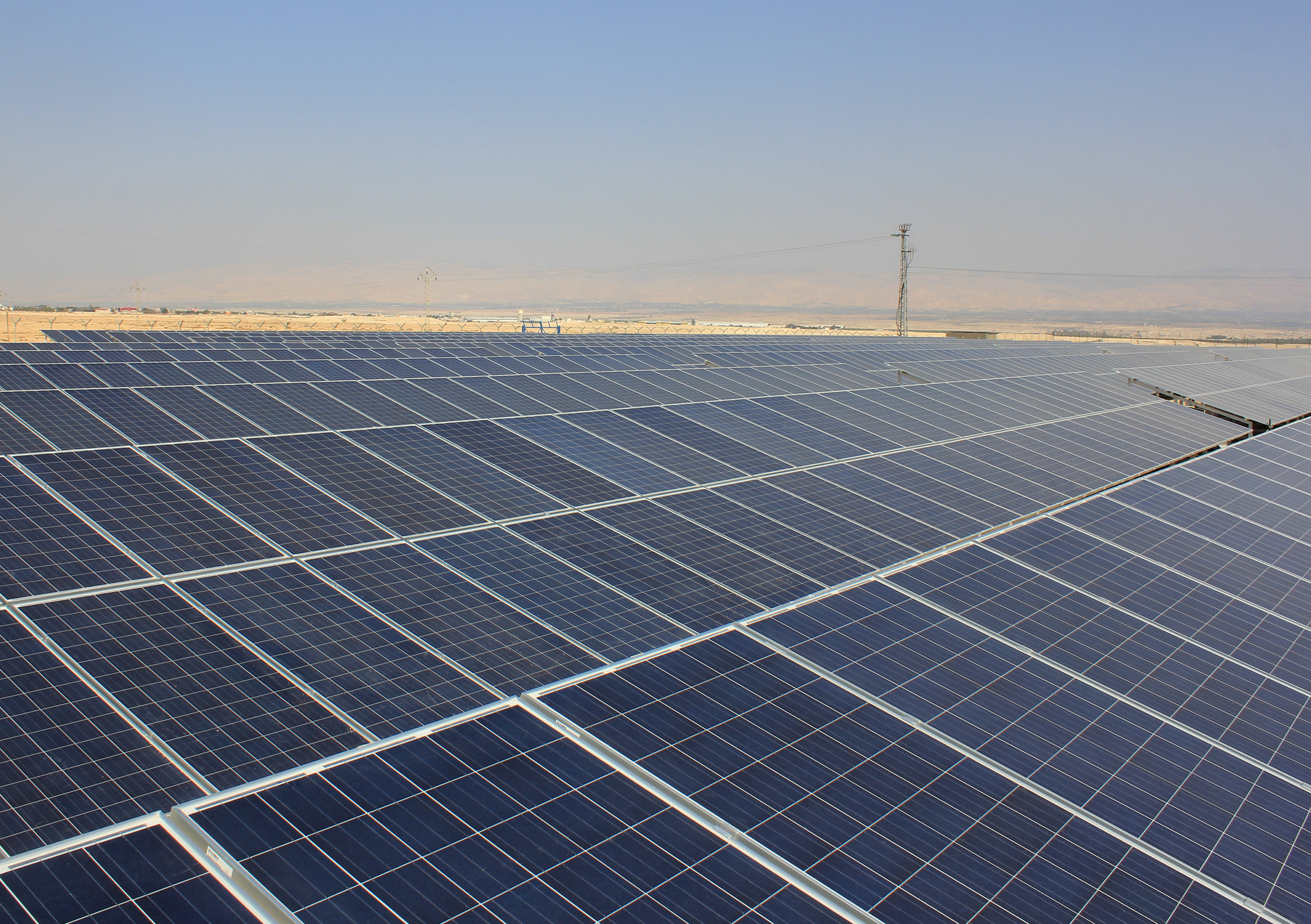Kenya has revised completion date of the Garissa solar plant project to September from the initial December which will see citizens to start enjoying cheaper electricity earlier bringing down the cost of electricity to US $5.4 cents per unit.
The plant consists of about 210,210 PV panels — 300,000 photovoltaic (PV) solar system of 260 watts each, sitting on 85 hectares, and will be able to generate power capable of lighting around 625,000 homes.
According to Energy Cabinet Secretary Charles Keter, the Garissa solar plant, which is the largest renewable energy plant in the country, will also help lessen the carbon footprint by reducing carbon emissions into the atmosphere by about 43,000 tonnes.
“This is the biggest project in the East African region. It is a break from over-reliance on hydroelectric and geothermal power. Our focus now is on green energy and there can never be any better choice than this,” said the Minister.
Also Read:Malawi to increase electricity supply and end power outage to end 2020
Policy
Construction of the solar plant was as a result of an initiative by the national government to encourage private investors to put money in solar energy in line with the policy on wind, biomass, small hydro, geothermal, bio gas and solar passed by the government in 2010.
The policy, which was revised in 2012, has initially received low response from investors. Construction of the plant is being done by the China Jiangxi International Kenya Ltd engineers.
“The response from private investors was low especially for large scale solar projects who felt the tariffs were insufficient for projects to be viable since they indicated that they do not cover full operational cost, low indexing at 12% which does not match increase on cost incurred, land acquisition, taxation among others,” said Mr Keter.
Boost to national grid
As a result, the government says there are plans to extend transmission lines to other areas, including Garissa- Wajir and Garissa-Garsen. This extension is part of what informed the decision to build the power plant in the area.
“Other than boosting the national grid, there are other immediate benefits like offering employment opportunities to the locals and generally the country,” he said.
The power plant project is also set to improve electricity generation and reduce reliance on fossil fuels, savings in foreign exchange on importation of fuel for power generation and be a significant contributor to the government target of lower cost of power

Leave a Reply